Panama Flag Meaning
Quartered flag with white and blue star in top left, red in top right, blue in bottom left, and white with red star in bottom right. The design symbolizes political balance and the ideals of peace and progress.
- Continent
- North America
- Adopted
- 1925
- Ratio
- 2:3
- Colors
- white, blue, red
- Designer
- Manuel E. Amador
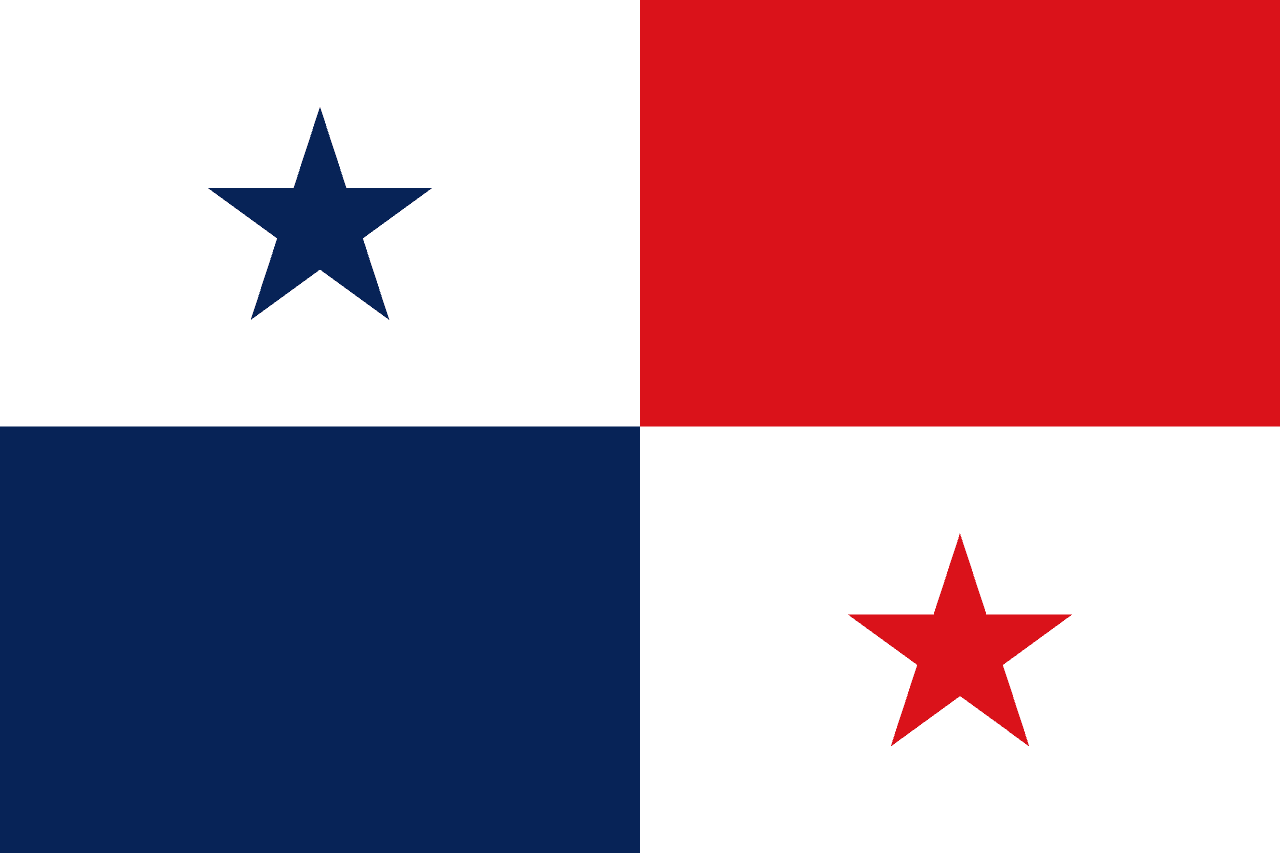
Symbolism
White Quarters: Represent peace and purity.
Blue Star: Symbolizes honesty and loyalty.
Red Star: Represents authority and law.
Red Field: Represents the Liberal Party.
Blue Field: Represents the Conservative Party.
History
- 1821: Panama gained independence from Spain and joined Gran Colombia.
- 1903: Separated from Colombia with U.S. support and declared independence.
- 1904: An initial flag design with a sun was rejected.
- 1925: The current flag was officially adopted and remains unchanged.
Trivia
- The flag reflects the two main political parties, but emphasizes unity and peace through the white quarters.
- Panama’s strategic position led to the construction of the Panama Canal, central to its history.
- The blue and red represent not only political parties but also connections to the U.S. and Latin America.
- Flag Day in Panama is celebrated on November 4.
- The flag was designed by the son of Panama’s first president, Manuel Amador Guerrero.
Related Countries
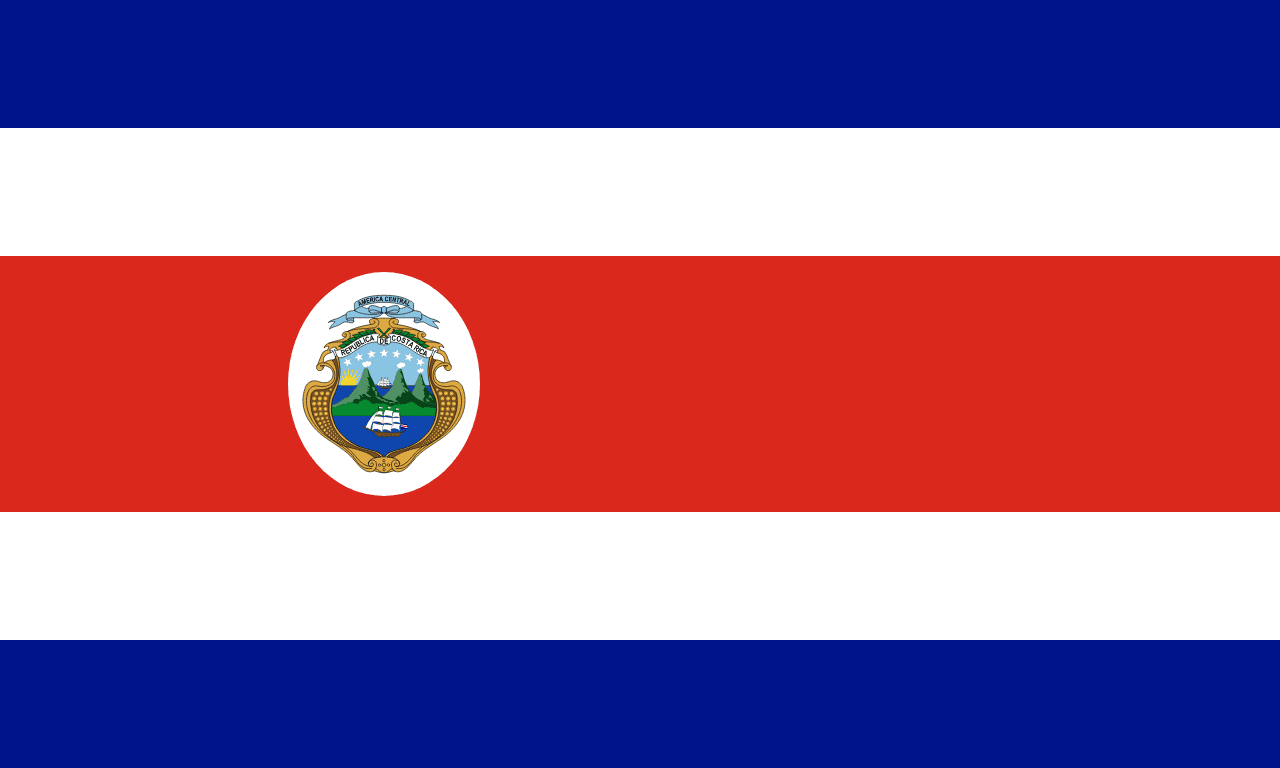
Costa Rica
North America
Five horizontal stripes with blue at top and bottom, white stripes below and above the central red stripe, and the national coat of arms on the red stripe, representing the sky and opportunities, peace, and the warmth of the Costa Rican people.
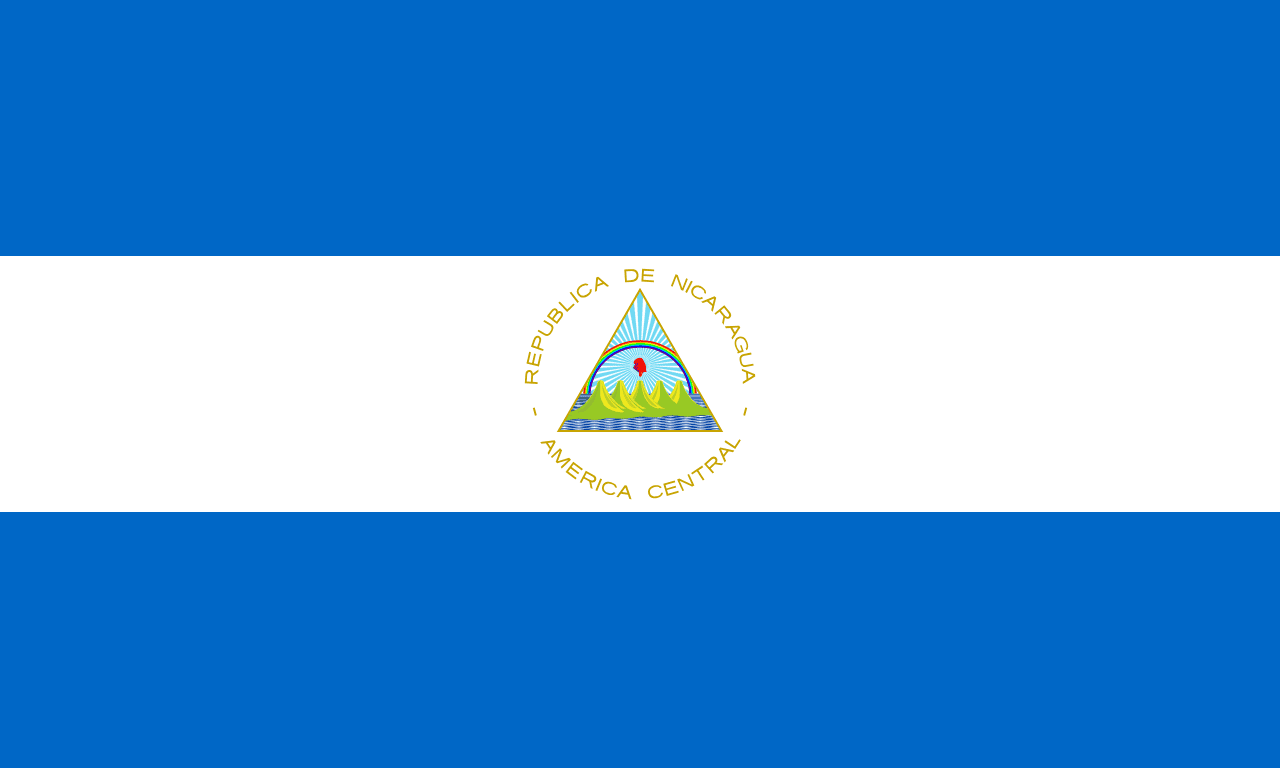
Nicaragua
North America
Three horizontal stripes of blue, white, and blue with the national coat of arms centered on the white stripe, representing Nicaragua's position between two oceans and its revolutionary ideals of liberty and peace.

Colombia
South America
Three horizontal stripes with yellow taking the top half and blue and red each taking a quarter, representing the golden wealth of the land, the seas and rivers, and the blood shed for independence from Spanish rule.
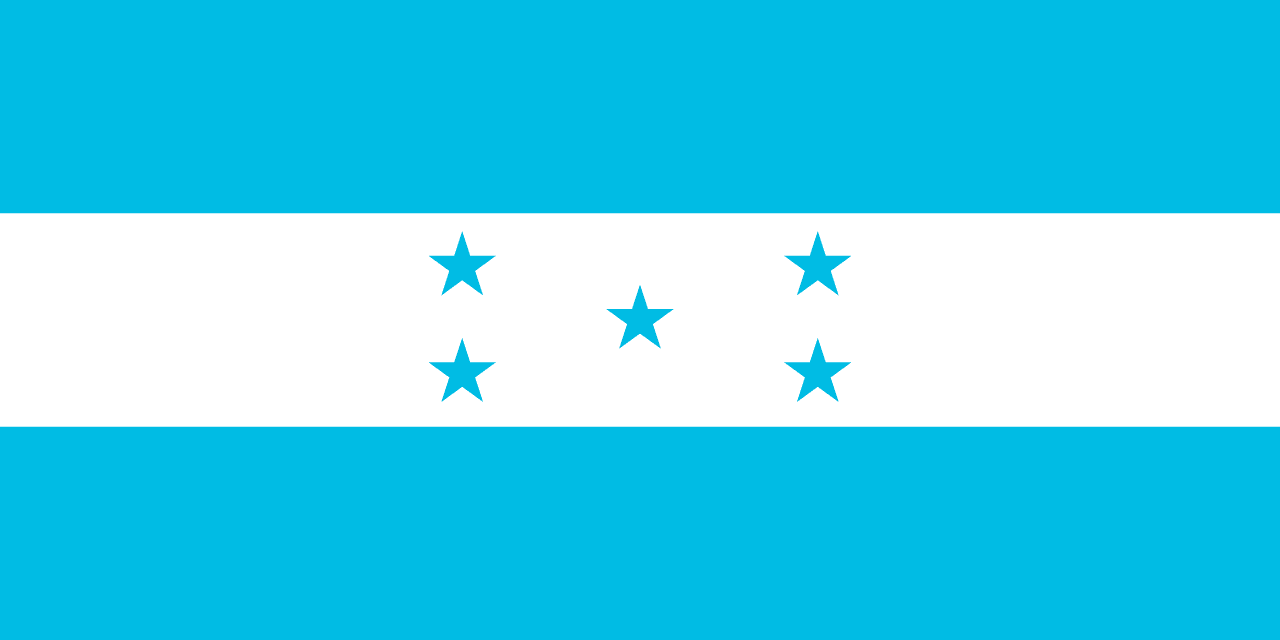
Honduras
North America
Three horizontal stripes of blue, white, and blue with five blue five-pointed stars arranged in an X pattern on the white stripe, representing the Pacific and Atlantic oceans, peace, and the hope for Central American unity.
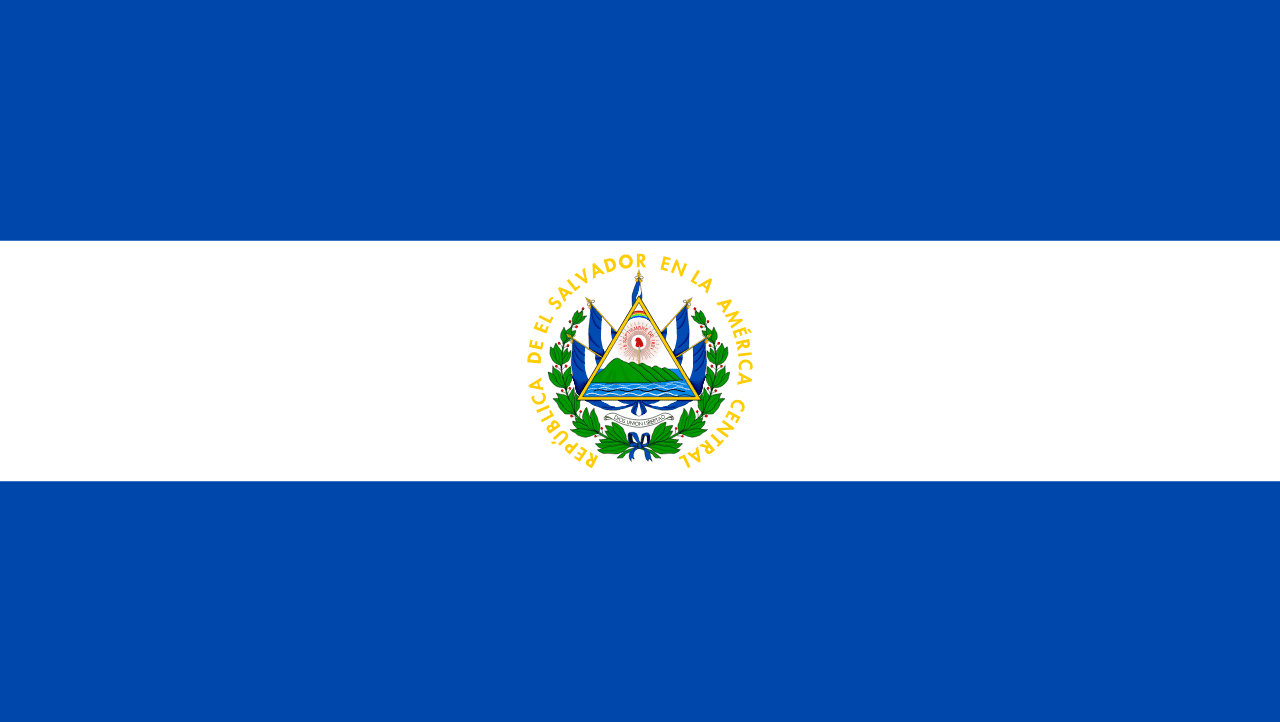
El Salvador
North America
Three horizontal stripes of blue, white, and blue with the national coat of arms centered on the white stripe, representing the Pacific and Atlantic oceans, peace, and the hope for Central American unity.
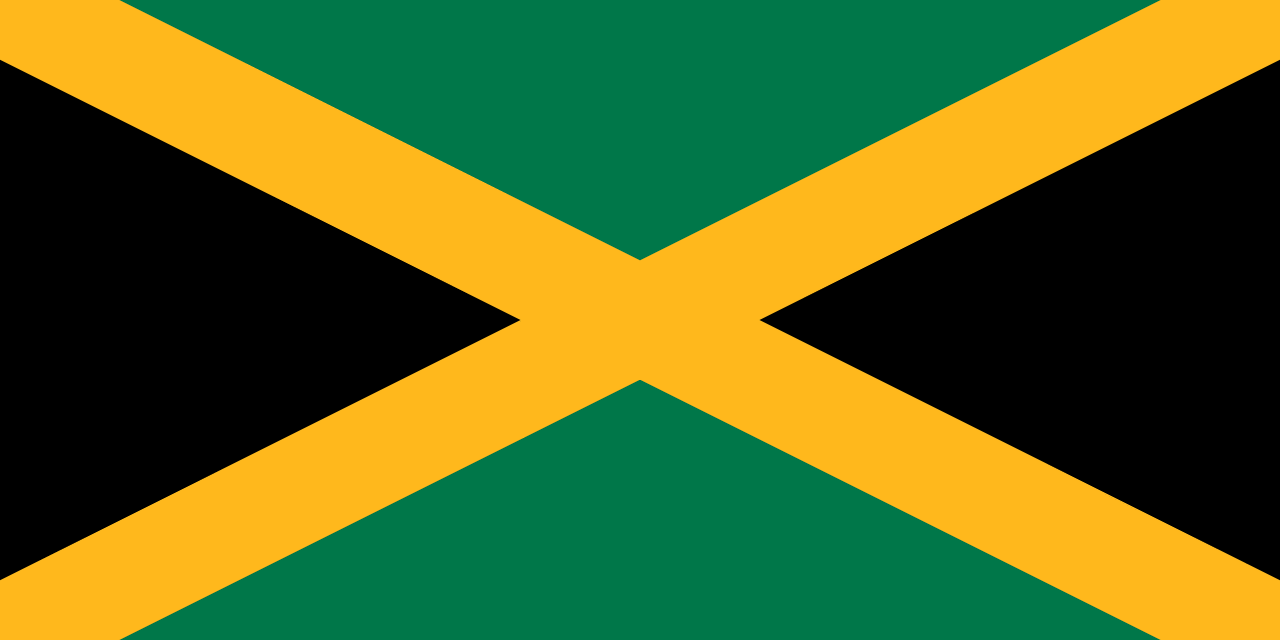
Jamaica
North America
A diagonal cross pattern dividing the flag into four triangles, with green triangles at top and bottom, black triangles at hoist and fly, and yellow diagonal cross, symbolizing the natural beauty, strength of the people, and golden sunshine of Jamaica.